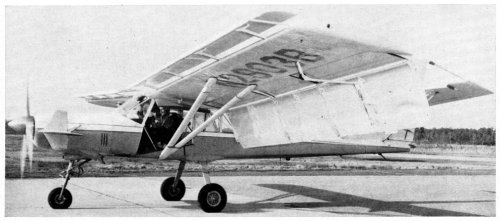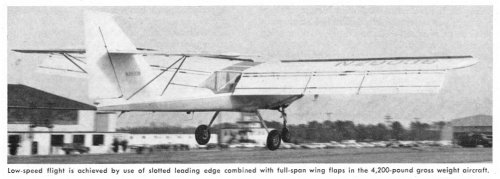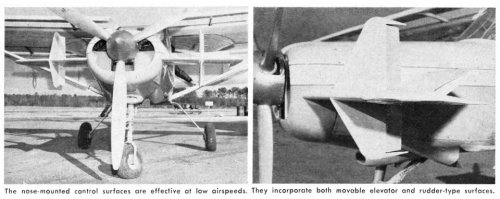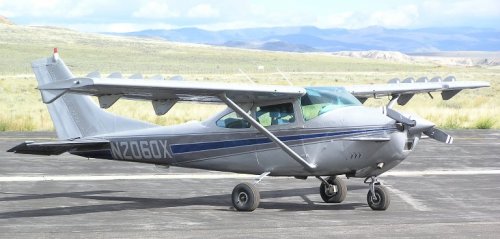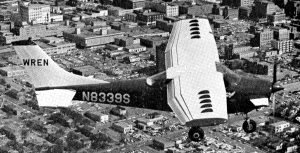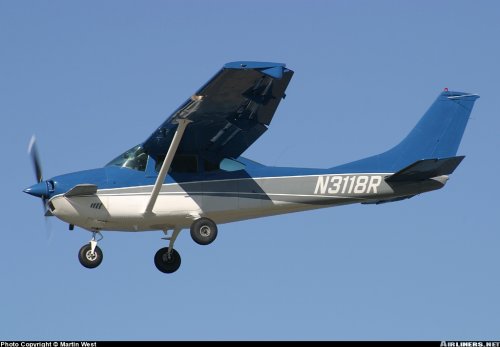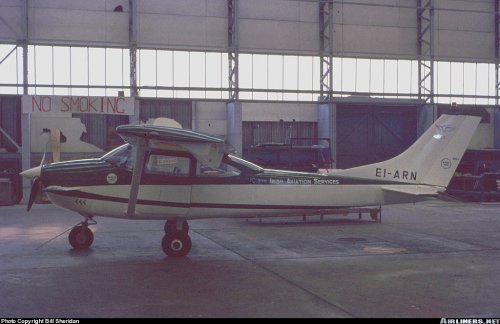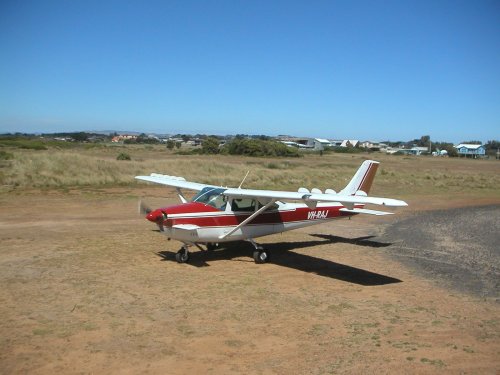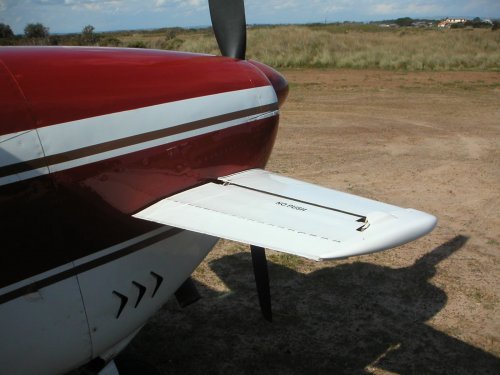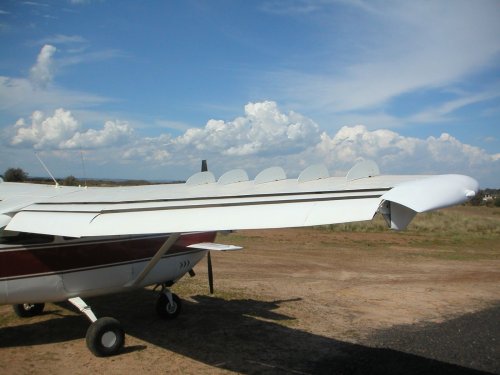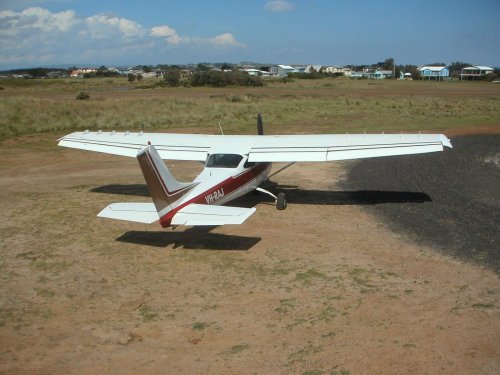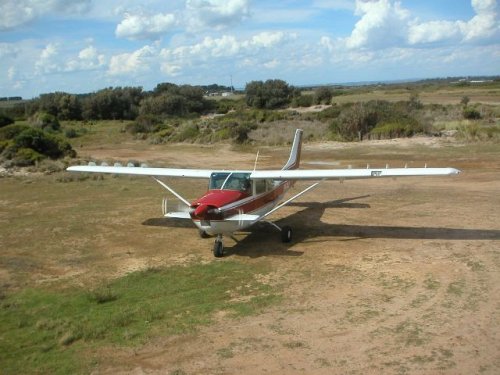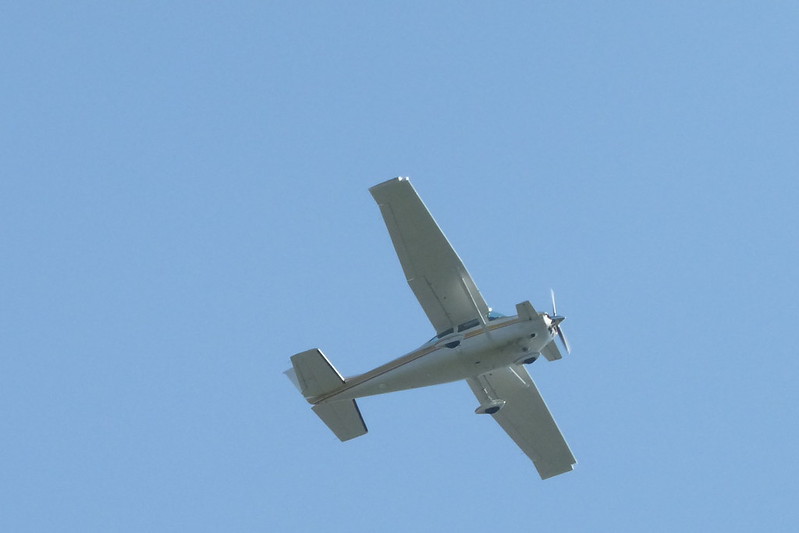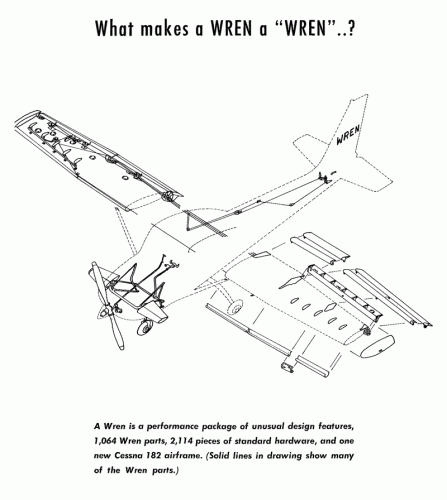- Joined
- 25 June 2009
- Messages
- 14,754
- Reaction score
- 6,155
The Robertson STOL aircraft presented in 1962 introduced a new type of control system especially designed for very low speed flight and patented by Skycraft, Inc. of Fort Worth, Texas, headed by James Robertson. The aircraft was built by Skycraft as a first step towards commercial development, and the U. S. Army awarded the company a small contract to provide flight test data on their control system, with test pilot Paul Eddy* at the controls.
The main idea behind the nose-mounted controls was to keep them in the direct slipstream and increase their effectiveness at low flying speeds. The aircraft could stay under control in level flight at 20 mph, though control effectiveness actually proved better at 40 mph. Main modifications planned for the commercial version included retractable gear and the use of a 12 per cent (chord thickness) wing in place of the prototype's 15 per cent wing.
* Paul Eddy was the Chief Pilot of W. H. DuPont Airways in Miami, Florida.
Specifications
Powerplant: modified Lycoming with water injection, rated at about 420 hp
Normal gross weight: 4,200 lb.
Maximum weight: @5,000 lb.
Performance
Stopping distance: @25 ft.
Minimum take-off roll: 65 ft.
Total distance to a 50 ft. altitude: below 400 ft.
Source: FLYING, May 1962
The main idea behind the nose-mounted controls was to keep them in the direct slipstream and increase their effectiveness at low flying speeds. The aircraft could stay under control in level flight at 20 mph, though control effectiveness actually proved better at 40 mph. Main modifications planned for the commercial version included retractable gear and the use of a 12 per cent (chord thickness) wing in place of the prototype's 15 per cent wing.
* Paul Eddy was the Chief Pilot of W. H. DuPont Airways in Miami, Florida.
Specifications
Powerplant: modified Lycoming with water injection, rated at about 420 hp
Normal gross weight: 4,200 lb.
Maximum weight: @5,000 lb.
Performance
Stopping distance: @25 ft.
Minimum take-off roll: 65 ft.
Total distance to a 50 ft. altitude: below 400 ft.
Source: FLYING, May 1962

